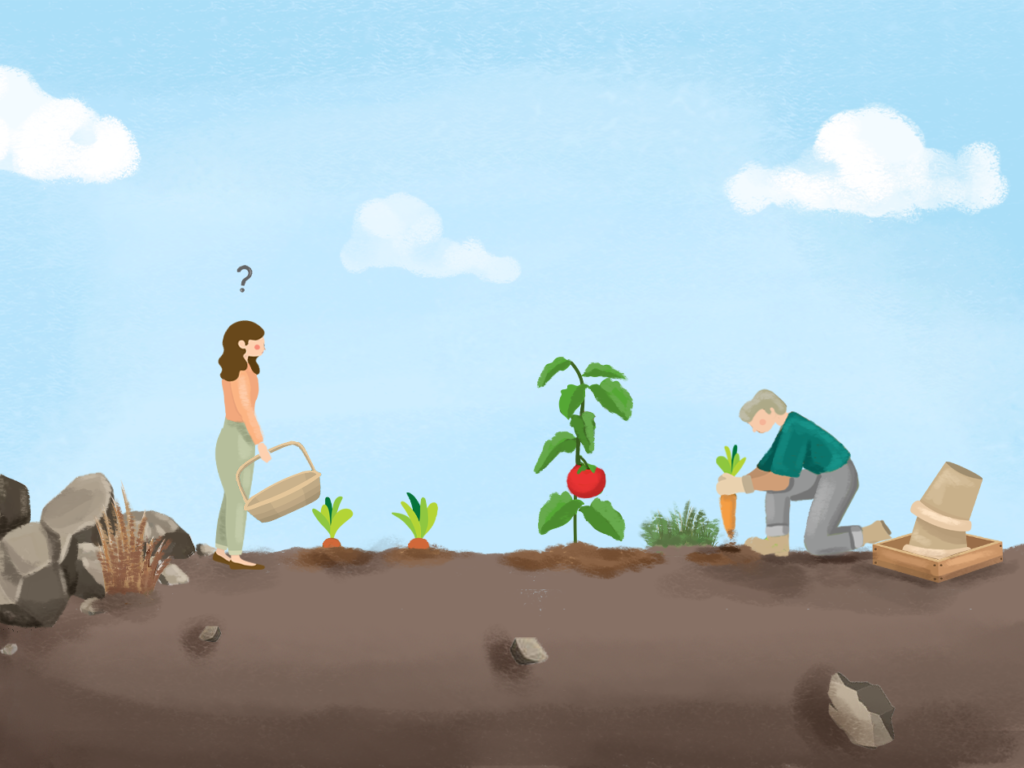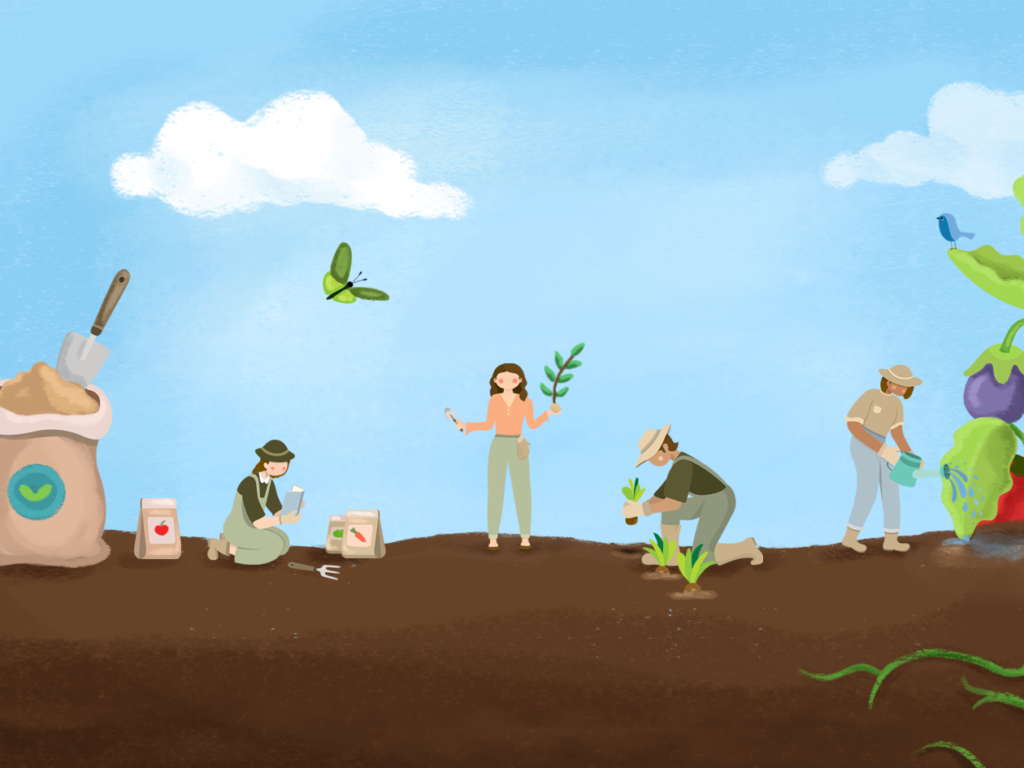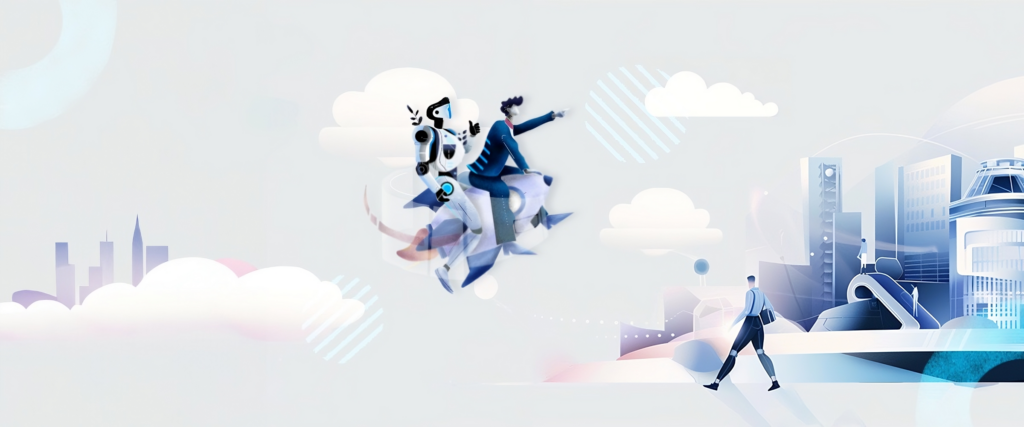A couple of weeks ago I was chatting with a colleague planning a high-level, strategy workshop attended by the senior-most layer of the organization. I asked, “how much time are you spending at the start of the event to lay the groundwork for collaboration, creativity, connection and trust. He said, “we jump into work within the first 10 minutes”. 🤦

Too often we attend meetings intended to generate solutions to complex problems bringing together brilliant people to design a new strategy or to plan for very important “transformational” initiatives. The problem is that we are looking for creative, out of the box solutions while staying inside the box. These sessions, frequently lasting multiple days, are expensive, time consuming and often fail to realize their full potential. The agendas are crammed with content leaving little to no white space available for new things to emerge. We bring into the room the same dynamics and constraints that may have caused the very same issues we are trying to solve. It is like attempting to grow a fruitful, plentiful and fulfilling garden without preparing the soil, selecting the right seeds, understanding the ecosystem dynamics that will support it or hinder it.
We do this because we undervalue the human and interpersonal dimensions that ultimately make the most impact in business relationships and decision-making. Things like fostering trust, psychological safety, effective collaboration, play, creativity, and a sense of belonging are not considered “work” and the result is something we’ve all experienced. Without…
- …Psychological safety – participants will not contribute ideas and opinions openly and fully, limiting the potential of the team
- …Effective collaboration – participants will stay in their lane, defend their turf and create siloed solutions
- …Play – less willingness to take risks and experiment with ideas. Participants will stick to their status quo and solutions will be constrained by the inertia of their existing ways of working
- …Creativity – without engaging all the senses of the participants, innovative solutions may not reveal themselves. Sometimes a kinetic or artistic exercise will get the brain wheels turning.
- …Sense of belonging – without taking the time to acknowledge existing dynamics and build connection, participants may not feel a sense of shared purpose and may lead to a lack of commitment to the meeting objectives.

But how can you do this all in one workshop? It is less about WHAT you do and more about HOW you do it. Here are a few ways, easy to implement, to change things up and set your meetings up early to create a differentiating experience for your participants and obtain the yield you are hoping for.

- Intentionally design the type of meeting you want to have and agree on the objectives, intended output and the definition of success. Make sure you include what you hope your participants feel, think and do as they go through the agenda.
- The meeting starts with the first planning communication you send out. Set the stage and prepare people for what’s to come, building excitement and encouraging some pre-work.
- Thoughtfully engage the participants fully. Think about branding the meeting with a name and a visual identity, create a playlist (even better if you get your audience to source the music), decorate the event space, take pictures and design a couple of surprises.
- Upon arrival – first things first.
- Ensure participants are engaged as they walk into the room – Is there content around the room to peruse? Is there an activity that may get them thinking even before the meeting begins?
- Facilitate a warm welcome that encourages every participant to bring their voice into the room. A simple check-in question that everyone answers goes a long way. This will allow people to get to know each other, break down some barriers early and increase individual engagement later on. Encourage them to call out the things that will get in their way and come up with their own solutions.
- (Pro Tip) – hire an external facilitator who will be immune to the politics in the room, able to challenge participants’ thinking and whose mandate is achieving the objectives of the meeting.
- Provide direction – Have the sponsor share the impetus for the meeting, his hopes, aspirations and expectations. Make sure everyone understands why they are there and what they are there to do. Even better if the sponsor shows humanity and signals the behaviors he expects the participants to demonstrate (i.e. honesty, respect, inclusion, creative-thinking, vulnerability).
- Invite everyone to co-develop the ground rules – asking them a simple question like “what must we have in place for us to have the best session we can have”. People support what they help create.
- After that, make sure there is plenty of play time and empty space in the agenda – with breaks scheduled at least every two hours. Often the best ideas bloom outside of the meeting room, during dinners or other group activities.

By jumping straight into “work” and foregoing some of these foundational elements, you may miss the opportunity for truly transformational sessions where your people are engaged, connected, effective, creative and having fun. Meetings can create magic. But you must create the conditions for the magic to emerge.
If you want to talk about making your sessions an engaging experience for your people, get in touch with us. We are eager to help.
Visual storytelling by FosterWe.com. All rights reserved.












